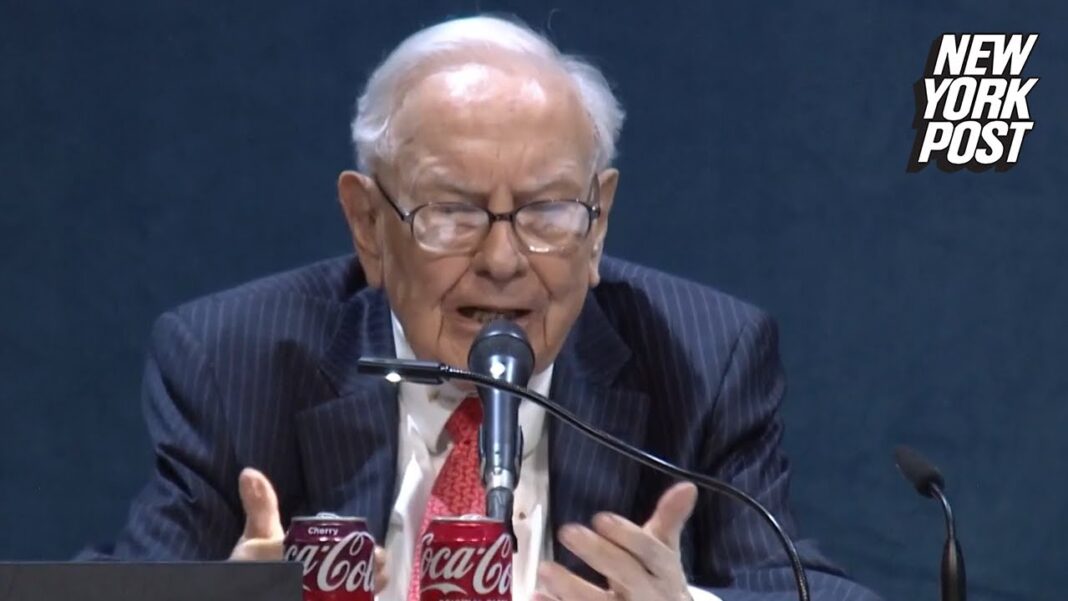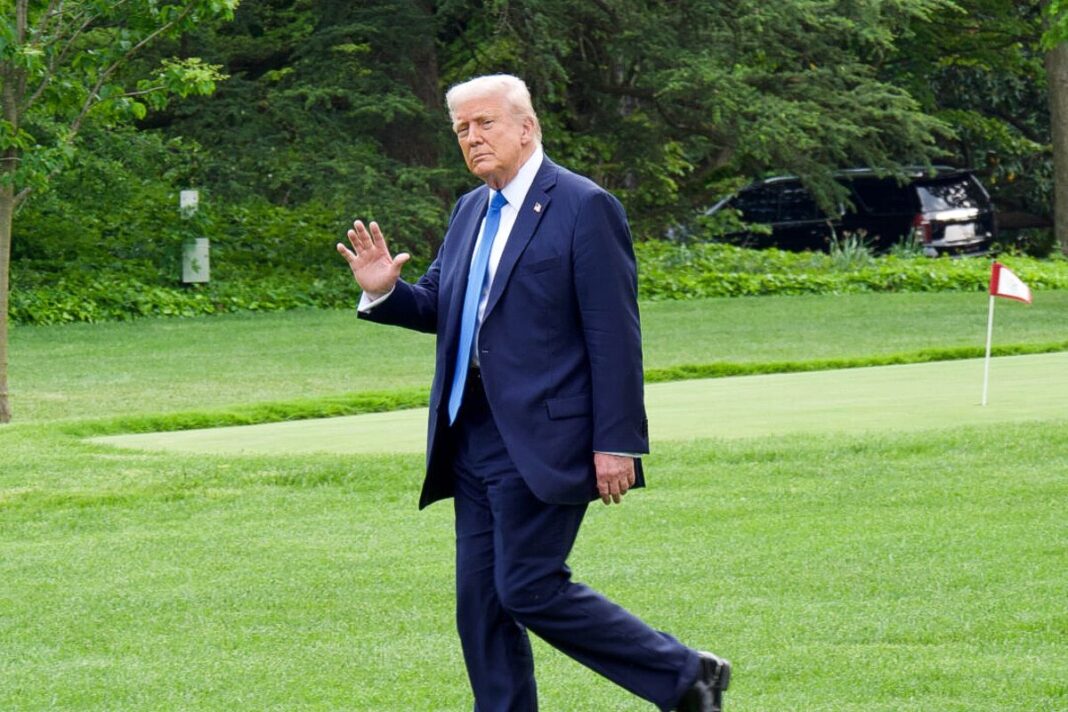To elect the next Pope, 133 Cardinals will gather in the Sistine Chapel on May 7.
The Vatican fire brigade scaled the roof of the Sistine Chapel on May 2 to install the iconic chimney that the College of Cardinals will use to send white smoke into the sky above St. Peter’s Square to let the world know when a new Pope is elected.
On May 5, all clergy and laypersons set to attend the conclave will be sworn in, including secret service and Swiss Guard personnel, doctors and nurses, staff for technical, cleaning, and translation services, the secretary of the College of Cardinals, and staff responsible for assisting with transporting the cardinals to and from the Casa Santa Marta residence.
The conclave begins on May 7—here’s what to know.
The Cardinals
Cardinals receive their title directly from the sitting pope, most of whom are current or former Bishops and Archbishops. Cardinal Kevin Farrell, for example, served as the Bishop of Dallas, Texas, before being called by Pope Francis to serve in other matters. He was nominated Cardinal Camerlengo in 2019.
Fr. Alfredo Hernández, president and rector of the St. Vincent de Paul Regional Seminary in Boynton Beach, Florida, told The Epoch Times that there are a few reasons why popes choose to elevate individuals to the role of a cardinal. One is to honor a religious man and/or his local church, such as Cardinal Timothy Dolan who was the Metropolitan Archbishop of New York. Another reason is that the pope believes a man is worthy of trust to serve as an advisor, select his successor, or have the potential to be that next successor.
“It is really men who are looking [out] for the good of the church,” he said of the conclave, warning against the “dangerous” desire to view the event purely through a lens of understanding of secular politics.
The voting itself is left to the Cardinal electors, those under the age of 80. According to the Vatican, 108 of them were appointed by Pope Francis, Pope Benedict XVI appointed 22, and there are five remaining who received their appointment from Pope St. John Paul II.
Pope Paul VI instituted the under-80 rule and a limit of 120 Cardinal electors during his reign between 1963 and 1978. That limit was maintained through the election of the popes after him: John Paul I, St. John Paul II, Benedict XVI, and Francis.
Francis chose to do away with that rule, increasing the number of Cardinal Electors to 135.
The youngest cardinal elector is the 45-year-old Australian, Ukrainian-born Mikola Bychok, and the oldest is the 79-year-old Carlos Osoro Sierra from Spain.
The average age of the college’s voting members appears to be on the older end, as 50 voting Cardinals were born in the 1940s, 13 of whom are aged or approaching the age of 78. Another 47 cardinals were born in the 1950s, 31 were born in the 1960s, and six were born in the 1970s.
The Holy See Press Office confirmed that 133 Cardinals will be gathering for the conclave, with two unable to attend due to health reasons. The number makes this the most populous conclave in history, and, by extension, the most globally diverse.
By T.J. Muscaro







